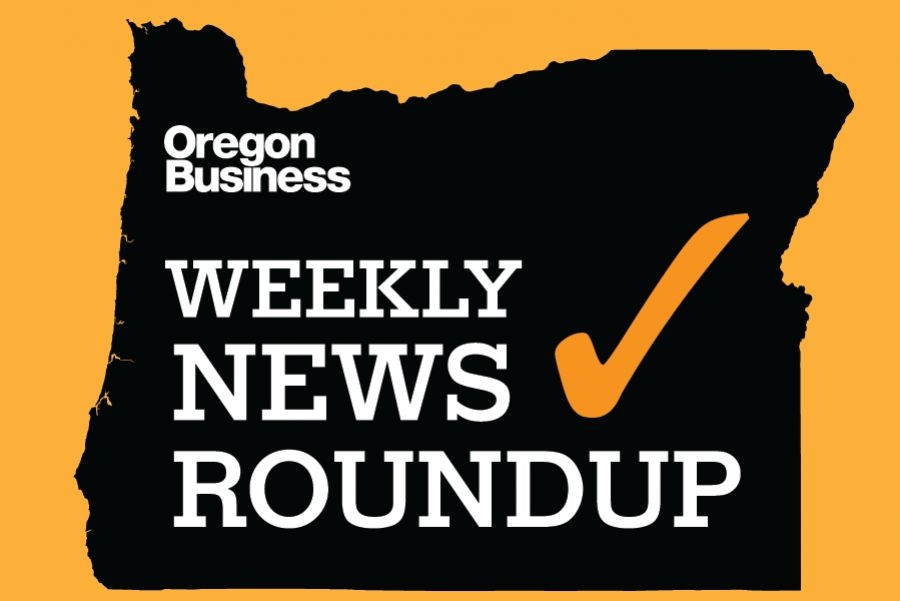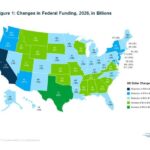A roundup of this week’s top stories, from Oregon Business and news outlets around the state.
Oregon’s renewable energy cluster goes to Bangkok. OB reporter Caleb Diehl is back from Thailand, where he was “embedded” with a Business Oregon trade mission. You can find his dispatches here and here. Watch for more in-depth coverage and rollicking narrative on OregonBusiness.com and in our July/August print edition.
Abortion politics are back. A ballot measure prohibiting publicly- funded abortions for low income women is gathering steam as Republican gubernatorial candidate Knute Buehler nuances his pro-choice credentials, OPB reports.
Another water emergency. The Bly Water District in Klamath County has imposed water restrictions on users, allowing use only for human consumption, the Heraldandnews reports. The restrictions stem from a drought emergency declaration Gov. Kate Brown signed in March.
Seismic update. Portland City Council has passed a resolution that will lead to mandatory retrofits on unreinforced masonry buildings. The Portland Mercury has the story.
Moving on. As congestion reaches a tipping point, Oregon transportation initiatives are lumbering forward. The Oregon Transportation Commission is getting ready to ask the feds for permission to impose tolls on I-5 and I-205, as per the mandate included in last year’s transportation package. The O’s Andrew Theen describes possible routes for the next MAX line, to run from downtown Portland to Tigard/Tualatin.
Princely salaries. The Portland Business Journal reports on a study showing Portland tech wages exceed average salaries — by about $36,000.
Moda loses out. A federal appeals court Thursday reversed a $214 million judgment Moda Health Plan won against the federal government last year, the Portland Business Journal reports. The ruling means the government doesn’t owe the health insurer millions of dollars it claimed under a “risk corridor” program to reduce losses as part of the Affordable Care Act. The risk corridors were a key provision aimed at shoring up the Affordable Care Act.
Why you don’t see (m)any childcare startups. The demise of an innovative child care-co-working startup shows why financing such projects is a tough nut to crack.
Photo of the Week. A glut of new apartment construction is putting downward pressure on Portland rents.
Annals of former Oregonian reporters. Former O writer Anna Marum has a piece in the Columbia Journalism Review chronicling the declining number of Oregon state capitol reporters. Former investigative reporter and Malheur Enterprise publisher Les Zaitz is launching a new, “well-funded, cutting edge” (according to this ad from JournalismJobs.com) digital media outfit that will “serve the metropolitan market.”
Reader comment: Elephants in the Room (June 2018)
“Thank you for your article on the problem of rising aviation and maritime greenhouse gas emissions. Along with the rising trajectory of consumption-based emissions described in a prior article, it is apparent that current regulatory systems that rely on inventory and local caps are wholly inadequate to bring our total emissions down to safe levels. As a mom, I am left feeling that we are nibbling around the edges of a problem that requires a ravenous appetite for bigger action.
Luckily, there is an option that would address these emissions, get us on a path to 90% reduction by 2050, and boost our economy. It is a national carbon fee and dividend program where a steadily increasing fee would be assessed at the furthest most upstream point in the economy – based on the carbon emissions equivalent from wellheads, pipes, or coal mines operating within the US economy. 100% of the net revenue would be returned to households in the form of a monthly dividend, thereby spurring economic growth and easing the burden of increased energy costs on the most vulnerable populations (minorities, poor, and elderly). Goods manufactured outside the US where an equivalent fee does not already exist would be assessed a carbon tax adjustment. The virtue of an upstream fee is that everyone downstream bears the cost.
A national carbon fee nullifies the need to “capture” all emitters in inventories; they are automatically captured within the rising price structure. Furthermore, offsets become unnecessary and consumers have dollars in their pockets to keep the economy going, yet in a direction that is far less carbon intensive because every transaction, from cup of coffee, to apple, to car purchase will reflect the true costs of carbon pollution.”
— Daniela Brod
Events. Oregon Business and World Oregon are hosting a panel discussion June 20th on the future of global trade next week. Register here.
Click here to subscribe to Oregon Business.





